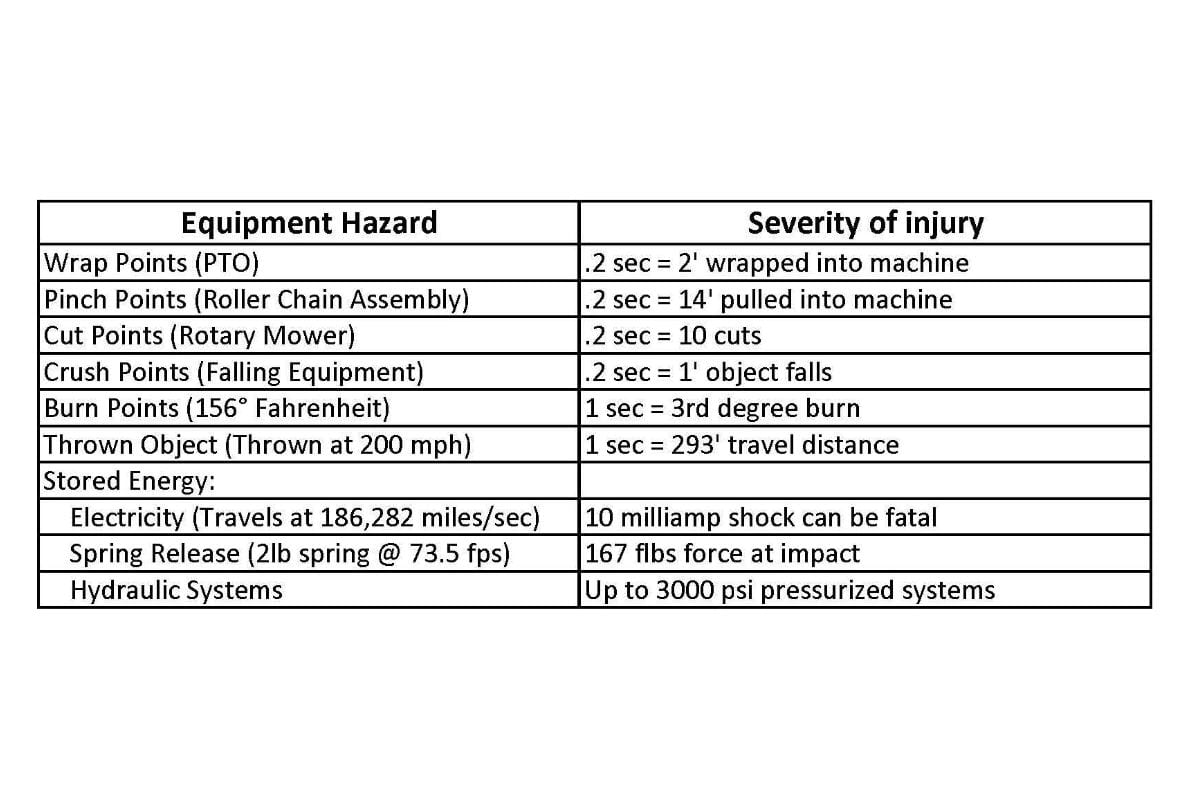Source: Paul Jasa – Extension Engineer, University of Nebraska-Lincoln
 Some fields were harvested last fall when the soil was quite wet and the harvest equipment left ruts. In addition, runoff from storms created rills and gullies in some fields, leaving them rough. Flooding also created gullies in some fields and may have deposited sand, silt, and other debris. With the wet spring, producers need to evaluate soil moisture conditions before heading to their fields to clean up flood debris and fill in ruts, rills, and gullies.
Some fields were harvested last fall when the soil was quite wet and the harvest equipment left ruts. In addition, runoff from storms created rills and gullies in some fields, leaving them rough. Flooding also created gullies in some fields and may have deposited sand, silt, and other debris. With the wet spring, producers need to evaluate soil moisture conditions before heading to their fields to clean up flood debris and fill in ruts, rills, and gullies.
Harvest Compaction
Compaction is the loss of pore space between soil particles. When that pore space is lost, it “reappears” on the soil surface as the rut. Tillage will fluff the soil surface so that the compaction from tillage is not easily seen. Usually, the ruts or gullies are as deep as the tillage depth since tillage destroys soil structure and leaves a compaction layer below the tillage depth. Unfortunately, the compaction from harvest equipment cannot be broken up with spring tillage on wet soils as the soil needs to be dry to fracture. The soil may appear dry on the surface, but it’s usually too wet at tillage depth to effectively reduce compaction and deeper tillage should be delayed until after harvest.
Field Drydown
Wait as long as possible for the soil to dry before lightly tilling very shallow to fill in and smooth ruts or gullies. Tilling deeper on wet soils will cause soil smearing and create compaction. The tillage also will destroy soil structure such that subsequent tillage passes or trips across the field will cause more compaction. The compaction from wheel traffic ruts extends far deeper into the soil than typical spring tillage operations can reach. Building soil structure is the best way to avoid compaction and wheel traffic rut problems.
Spot Tillage
Usually, ruts or gullies are only in portions of a field, not across the entire field. As such, shallow spot tillage rather than whole field tillage should be used to smooth these areas. While popular for cutting up residue, vertical tillage implements are not very effective for filling in ruts or gullies as they aren’t designed to move soil side-to-side. A light disking or field cultivation, at an angle to the ruts or gullies, is far more effective to fill in the deeper ones. Shallow rills (three inches or less) could be planted across without tillage so as not to destroy the residue. The planter may need to be operated slightly slower than usual to reduce bounce and the planting depth may need to be set deeper to make sure all seeds are placed in the soil.
Cover Crops
Many of the gullies were formed by concentrated flows of runoff. Unless something is done to anchor the soil when the gullies are filled, they will simply wash out again. Seeding a cover crop in these areas will help anchor the soil, especially on sloping soils. Rather than using a wide tillage implement, far less soil will be disturbed by using a center pivot track filler. Unlike conventional tillage implements, many center pivot track fillers also firm the soil into the filled track, helping anchor the soil. Mounting a simple 12-volt spinner seeder in front of the track filler could seed a cover crop at the same time. The roots of the growing cover crop will help reduce compaction and help build soil structure.
Residue Benefits
Producers should leave as much residue standing in the field as possible and minimize full width tillage. Tillage dries the soil, buries residue, destroys soil structure, and increases erosion and runoff. Standing residue, still attached, is one of the most effective ways to protect soil from the erosive forces of wind. The standing residue will greatly decrease the amount of blowing soil when wind erosion is at its peak before the planting season. Producers should consider no-tilling directly into the standing residue to continue the erosion control benefits until crop canopy can take over.
 Safety on the farm is not something that should be taken lightly. The average person reacts to a potential hazard in 0.2-0.3 seconds. #eFields18 includes a special report on farm safety and shares the severity of injuries that could occur in that fraction of a second before reacting. The inclusion of farm safety in this year’s report was made possible by Kent McGuire and the OSU Agricultural Safety and Health Program.
Safety on the farm is not something that should be taken lightly. The average person reacts to a potential hazard in 0.2-0.3 seconds. #eFields18 includes a special report on farm safety and shares the severity of injuries that could occur in that fraction of a second before reacting. The inclusion of farm safety in this year’s report was made possible by Kent McGuire and the OSU Agricultural Safety and Health Program.







